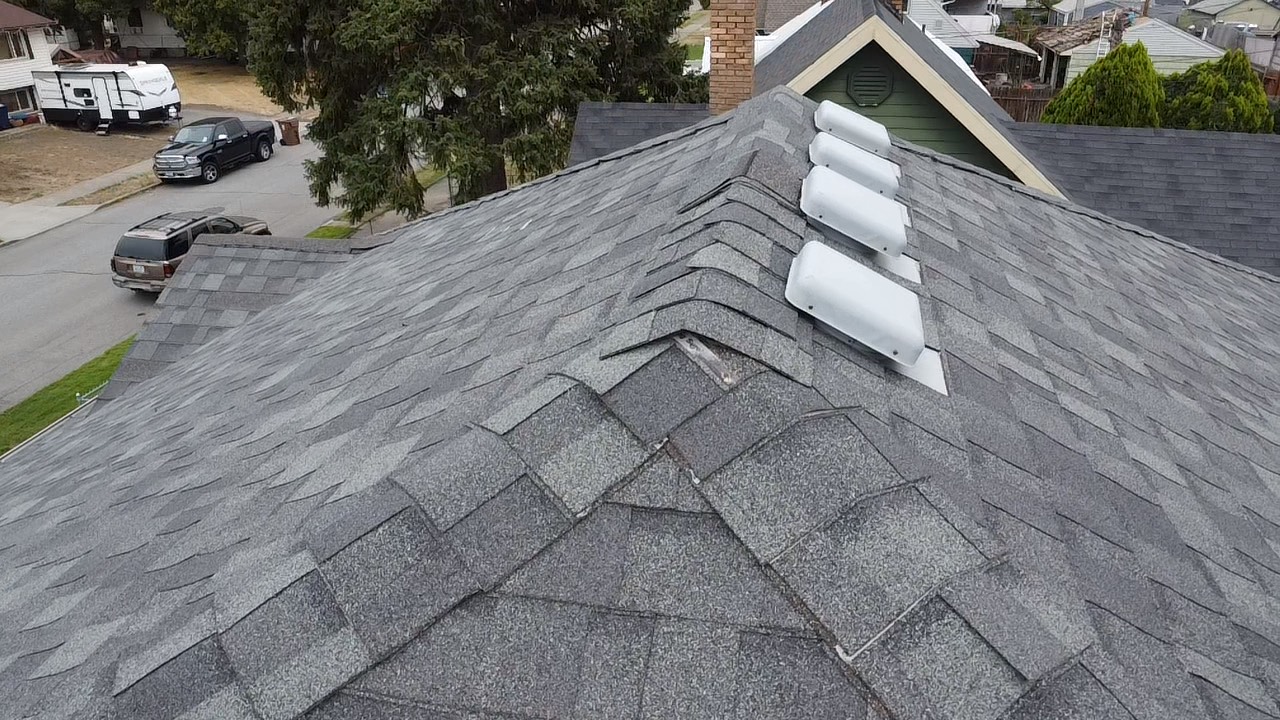When you glance at your roof, does something feel off? Homeowners often lack the expertise to immediately recognize errors made during a roof installation. However, roofing mistakes can have a significant impact on the durability and functionality of your home’s structure. A proper roof installation requires the contractor to follow strict building codes, manufacturer guidelines, and industry standards. When these are neglected, you might notice problems—issues that can lead to costly repairs or even a full replacement if left unaddressed.
Below, we’ve outlined how to spot potential issues and take the necessary steps to ensure your roofing problems are resolved, avoiding attorneys and costly litigation.
Common Signs of Faulty Roof Installation
1. Missing Key Components
A roofing system involves much more than just shingles. Elements like underlayment, ice and water protectors, and drip edges work together to create a water-resistant and properly functioning roofing system. Missing components usually indicate that the roofer didn't pay enough attention to the job.
- Shingles
Gaps where shingles should be present are an obvious red flag. Missing shingles often occur due to improper nailing or the lack of proper sealing, causing them to blow off in strong winds. Although you can’t always spot sealing issues, poorly nailed shingles may stick up or look uneven. Nails can also be driven too far into the roof, which might not be visible but still leads to structural issues like leaks.
If your roof is missing shingles, have a professional roofer inspect the structure. They can determine whether individual shingles need replacing or sealing or if a larger issue requires attention.
- Underlayment
Underlayment, typically a synthetic material or felt, provides a vital protective layer beneath the shingles. If your roof looks uneven, with raised or bunched-up areas, it could mean the underlayment wasn’t properly unrolled and installed. This could result in ridges that affect the roof’s integrity.
A roofer can determine if the underlayment was installed correctly by removing a few shingles and inspecting the base layer. Missing or improperly applied underlayment might necessitate additional repairs.
- Ice and Water Protectors
This thin material is required along roof edges and valleys to protect against water damage. Though difficult to spot from the ground, a quick inspection by a professional can ensure it was installed according to building codes and manufacturer instructions.
- Drip Edge
The drip edge is a metal flashing positioned at the roof’s edge to guide water into the gutters. Without it, water damage could affect the sides of your home and underlying roof decking. If your roof lacks drip flashing, it should be added, though the surrounding materials might need repair as well.
2. Shingle Installation Errors
Shingles are the roof’s outermost layer, making their installation mistakes easier to spot. A mishandled shingle job may leave your roof susceptible to leaks or compromise its aesthetic value.
- Improper Offset
Shingles should be offset in a staggered pattern, similar to bricks in a wall. Misalignments, especially along the starter shingles or subsequent layers, create weaknesses where water can seep through. Such mistakes may require replacing improperly installed shingles to maintain both protection and appearance.
- Misalignment with Edges
Shingles must align with the roof’s edge. Misalignment often points to sloppy practices, like failing to use chalk lines to guide installation or starting from an incorrect point on the roof. Poor alignment creates not only visual inconsistencies but also structural vulnerabilities.
- Incorrect Shingle Exposure
Shingle exposure refers to the visible portion of a shingle after placement. If shingles are spaced too far apart or overlap incorrectly, parts not designed for weather exposure may face rain, wind, or sunlight, reducing their lifespan. Measuring the gaps and comparing them to manufacturer guidelines will tell you if reinstallation is necessary.
3. Flashing Problems
Roof flashing provides a water-tight seal around protrusions like chimneys, walls, or dormers. Common flashing issues in poor installations include missing counterflashing on chimneys or improperly installed step flashing. Look for visible gaps, odd caulking patterns, or excessive nails, which might make the flashing prone to leaks.
What to Do if Your Roof Was Incorrectly Installed
If you suspect that your roof was poorly installed, following these steps can save time, effort, and significant money:
1. Contact Your Original Contractor
Mistakes happen, even with the most experienced professionals. A reputable contractor will take responsibility for errors and fix them quickly. Check your contract for any warranties or guarantees—these agreements often include repair obligations for issues caused by faulty installation. Communicate your concerns clearly and request a follow-up inspection.
2. Get a Second Opinion
If the original roofer fails to respond or denies the issue, contact another roofing professional or inspection company. They can document the problems and provide a detailed report on the roof’s condition. This documentation helps formalize your complaint and identifies areas that need improvement.
3. File a Complaint with State Authorities
Should the original contractor remain unresponsive, file a formal complaint with your state’s Construction Contractors Board. These agencies enforce contractor compliance and can compel them to address the issues without involving costly litigation.
Protecting Your Home with Expert Repairs
Spotting and addressing roof installation mistakes early can save homeowners, realtors, and buyers significant future costs. By keeping an eye on common issues such as missing components, poorly installed shingles, or flashing problems, you can maintain your roof’s integrity and safeguard your home investment.
If you’re facing unresolved roofing problems, don’t hesitate to hire a qualified roofer or lodge a complaint through official channels to get the solution you need. Protect your roof—and your home—the smart way.
